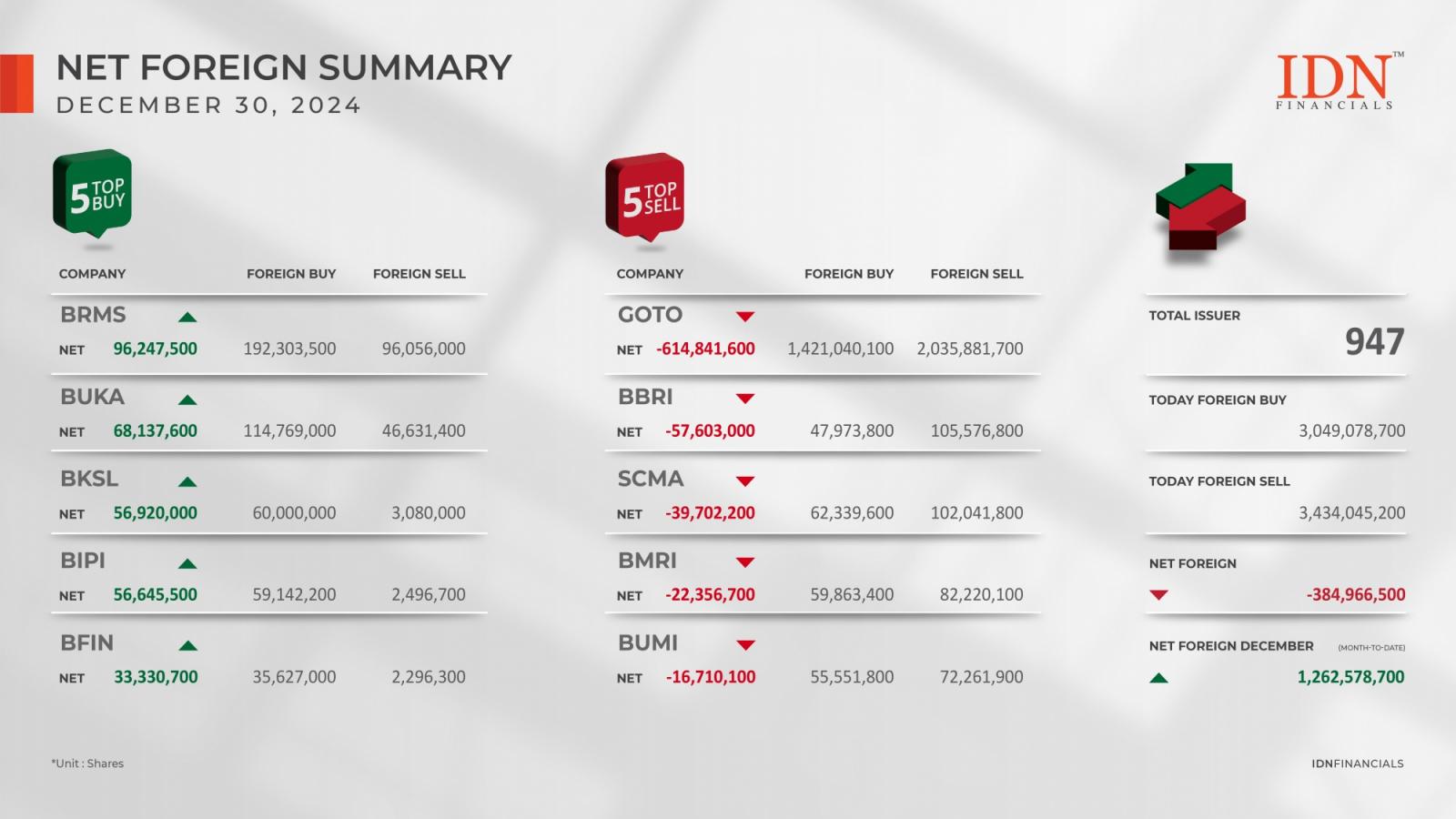
The U.S. Dollar recovered during the week ended March 15, recovering well from the losses posted a week earlier, as prospects for an early interest rate cut by the Federal Reserve faded a bit after hotter than expected consumer price and producer price inflation data.
The somewhat less hawkish remarks by Fed Chair Jerome Powell during his Congressional testimony a week earlier sent the value of dollar drifting down south, and resulted in some of its major counterparts, including the Aussie, the Euro, the Pound Sterling and the Yen, scoring over the U.S. currency.
But the dollar marched higher and Treasury yields spiked after data from the Labor Department on Thursday showed the producer price index for final demand climbed by 0.6% in February after rising by 0.3% in January. Economists had expected producer prices to rise by another 0.3%.
The data showed the U.S. producer price inflation rose 0.6% in February from last month, as against forecast for a modest 3% gain.
The report also said the annual rate of producer price growth accelerated to 1.6% in February from a revised 1% in January. Economists had expected the year-over-year price growth to rise to 1.1% from the 0.9% originally reported for the previous month.
Earlier last week, the Labor Department\'s data on Tuesday showed the U.S. consumer price index climbed by 0.4% in February after rising by 0.3% in January. Excluding food and energy prices, core consumer prices also rose by 0.4% in February, matching the increase seen in January. Economists had expected core prices to rise by 0.3%.
The report also said the annual rate of consumer price growth ticked up to 3.2% in February from 3.1% in January.
Meanwhile, the annual rate of core consumer price growth slowed to 3.8% in February from 3.9% in January. Economists had expected the pace of growth to decelerate to 3.7%.
A report from the Commerce Department said retail sales climbed by 0.6% in February after slumping by a revised 1.1% in January. Economists had expected retail sales to increase by 0.8%.
Another data from the Labor Department showed first-time claims for U.S. unemployment benefits edged slightly lower in the week ended March 9th. The report said initial jobless claims slipped to 209,000, a decrease of 1,000 from the previous week\'s revised level of 210,000.
Economists had expected jobless claims to inch up to 218,000 from the 217,000 originally reported for the previous week.
The Fed is expected to keep rates unchanged at the March 19-20 meeting but the new \"dot plot\" would be closely watched by investors for additional clues on the rate trajectory.
According to the CME FedWatch Tool, the probability of the Fed leaving the policy rate unchanged at June meeting climbed from 25% to 40% after the CPI data released earlier this week and Thursday\'s PPI data.
The dollar index, a measure of the Dollar\'s strength against a basket of 6 currencies, advanced to 103.43 by Friday (March 15), gaining about 0.7% in the week, after having settled at 102.71 on March 8.
As the dollar firmed against the euro, the EUR/USD settled at 1.0890 last week, after closing at 1.0937 in the previous week.
The GBP/USD pair settled at $1.2733 on Friday, as the dollar gained from $1.2857 a week earlier.
The Australian Dollar too fell against the U.S. dollar with the AUD/USD easing to $0.6557 from $0.6669 in the previous week.
The USD/JPY pair firmed to 149.08 yen last week, rising from the previous week\'s close of 147.07 yen.





